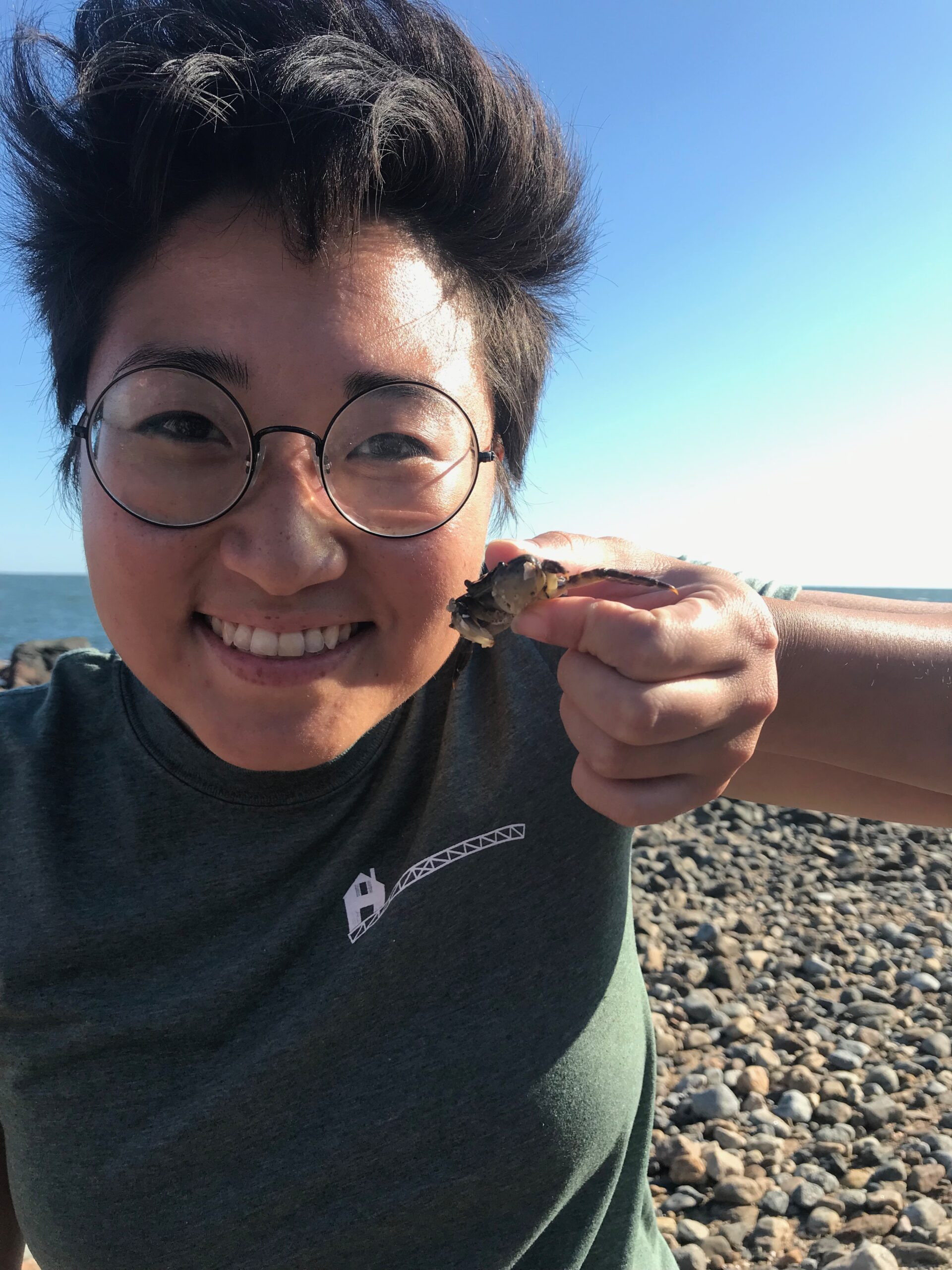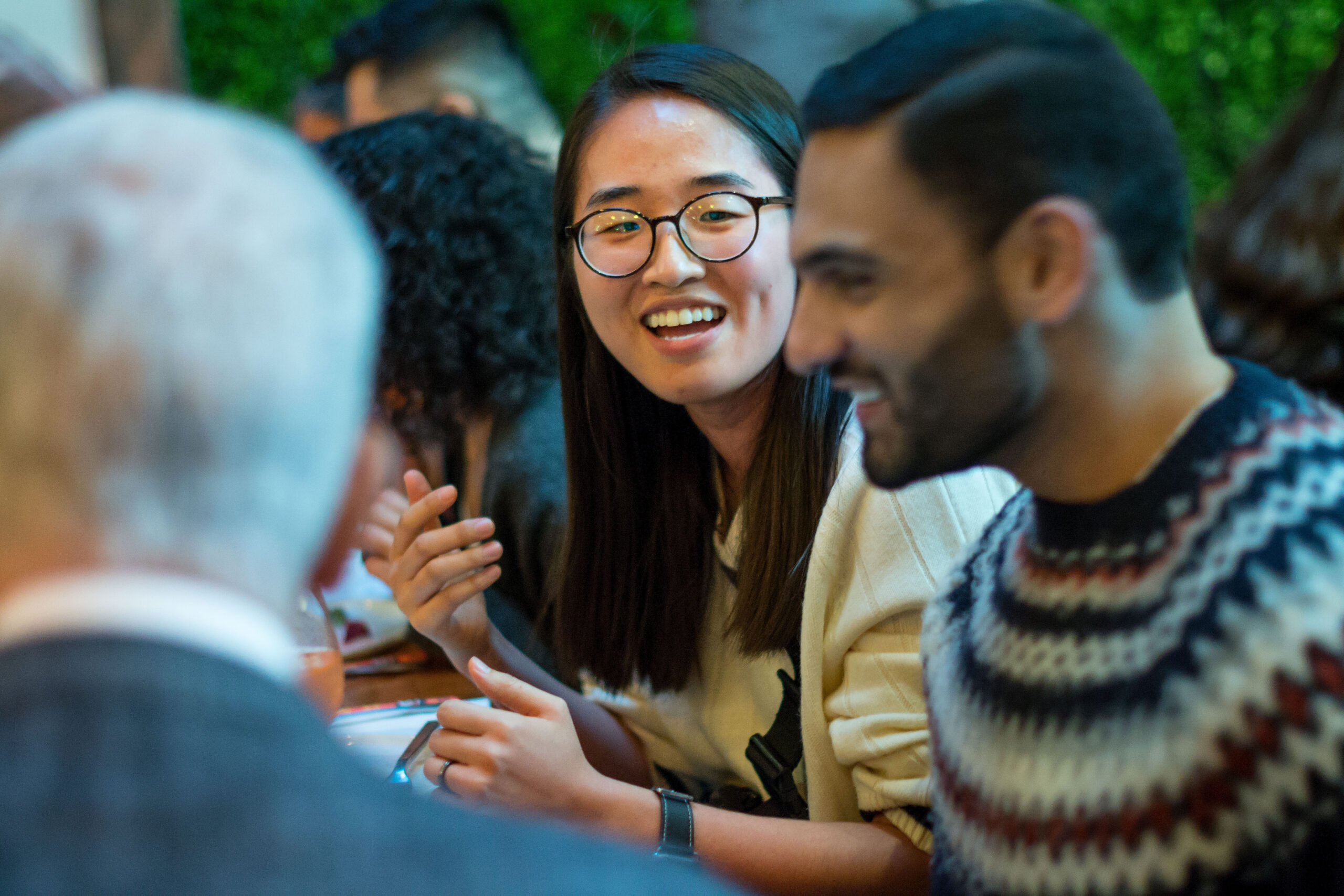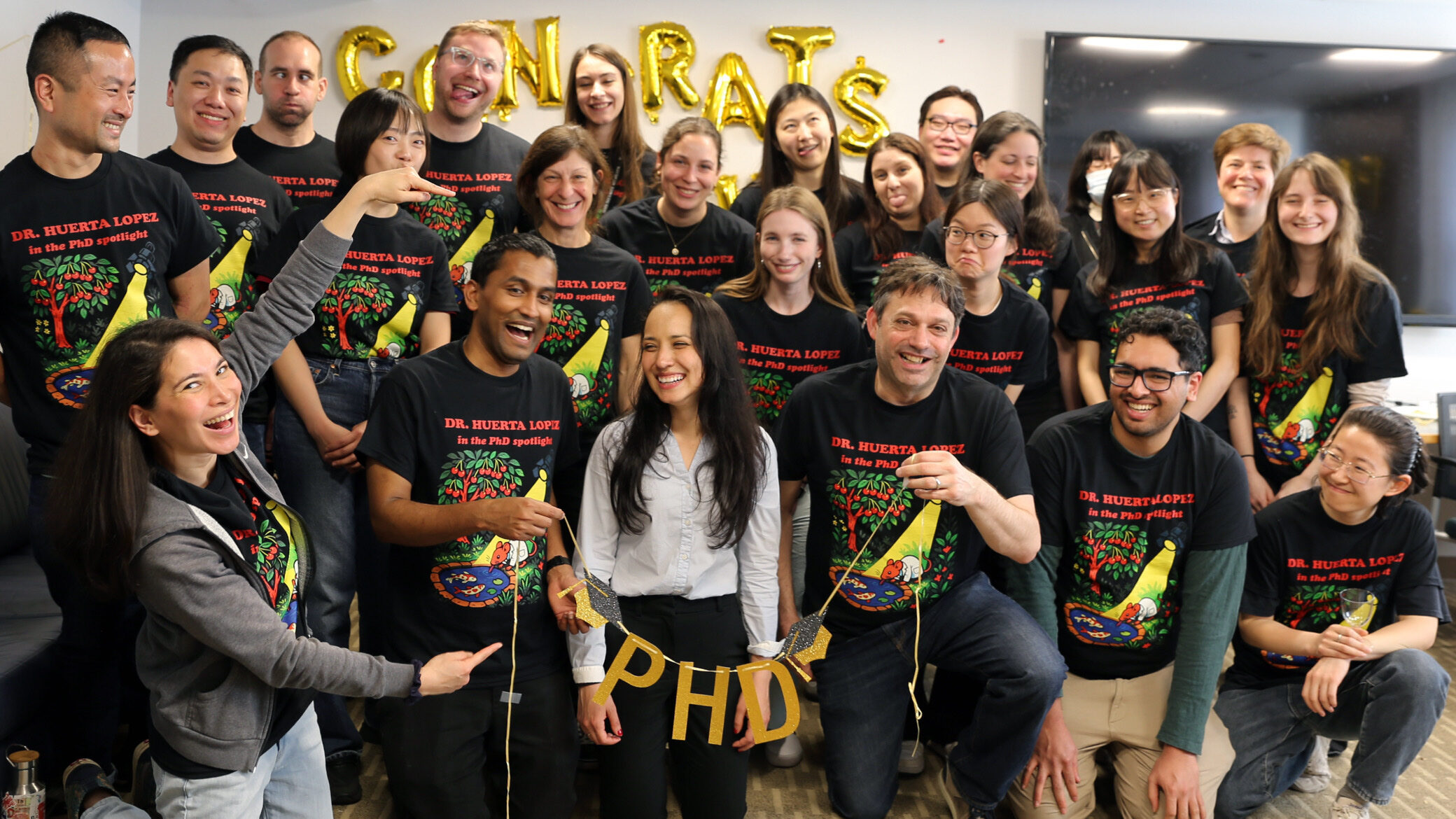- Fellow Highlights
Q&A: Architect and Environmentalist Jen Shin Looks Back at the Fellowship

2018 Paul & Daisy Soros Fellow Jennifer (Jen) Yunhee Shin is a graduate of the Yale School of Architecture and the Yale School of the Environment. Her immigration story originates with her grandparents, who fled what is now North Korea in 1953 to South Korea, eventually immigrating to the United States to seek a brighter future for their family. Jen was raised in Ocean, New Jersey by her mother, who instilled within her the core ethical values that motivate and guide her today.
The story of her grandparents prompted Jen to investigate the integration of North Korean defectors within South Korea for her undergraduate architectural thesis, completed in 2013 at Drexel University. Part research, part design, Jen’s thesis explored the ability for architecture to heal by enabling authentic dwelling of North Koreans in Seoul. Jen observed that systemic denial of agency within the North, rapid modernization of the South, and ongoing cultural divergence of both Koreas provides a difficult foundation upon which North Korean immigrants might build anew. By synthesizing both modern and traditional ways of living and building, Jen envisioned a renewed story of North Korean settlement, projecting a hopeful but pragmatic example for a future Korea. For her work titled Way Home, a Compound for North Korean Pilgrims in Seoul, Jen was awarded the Michael Pearson Architecture Prize Gold Medal.
After graduating from Drexel and before enrolling at Yale, Jen channeled her interests in cultural identity, design, and environmentalism to cofound the Raymond Farm Center for Living Arts & Design, a nonprofit cultural arts center and artist residency in Bucks County, Pennsylvania.
You’re now finishing up the second year of the Paul & Daisy Soros Fellowship program. Has the Fellowship been what you expected?
The Fellowship exceeded my expectations in the best ways. When I became a Fellow, I had no idea that I was entering into a beautiful and robust community of New Americans. I expected that as part of this community, we would support one another academically and professionally. But what I didn’t expect was the meaningful exploration of the New American experience that we would embark on together. The Fellowship has remained an important center of gravity for my graduate school education, creating a sense of belonging within a wide and dynamic network.
As a New American, why has it been important to have The Paul & Daisy Soros Fellowships community?
The PD Soros Fellowship has given me space to grow as a New American and has helped me build the language and community that is necessary to examine the landscape of New Americanism today. This ongoing work has connected me back with my own roots and family history. Additionally, embarking on this journey with the Fellowship community has been an enriching way to explore how my story is intertwined with all New American stories.
Do you have any favorite memories from the past two years as a Paul & Daisy Soros Fellow?
One of the most vivid memories I have is from the 2019 PD Soros Fall Conference when we heard Kao Kalia Yang participate on an author panel, where she shared some of her process behind her book The Song Poet. Kalia moved so many of us to tears with her unguarded tenderness and strength in vulnerability. In that moment, we were all connected by our shared New American experiences and our united motivation to bear witness to and serve as vessels for telling our stories and our ancestors’ stories. It was a memory I will never forget.
Where are you with your graduate program now? What’s next?
I’ve graduated! I’m currently part of a team of design/build fellows with the Yale Peabody Museum of Natural History. This summer and fall, we are designing and building a regenerative coastal research station on Horse Island, part of the Thimble archipelago in Branford, Connecticut. The research station will be home to a number of activities on the island including ecological research, artist residents, and visiting classes. Beyond the fall, I plan to return to New York City where I will pursue work in building resilience in New York City communities while tackling our most urgent climate challenges.
How do you plan to stay active with the Fellowship community in the years to come?
The PD Soros Fellowship has given us so many opportunities to connect with both past and current Fellows. I plan to keep in touch with the Fellows I’ve made personal connections with and hope for continued collaborations in the future. I also hope to remain active in the New Haven and New York City Fellow communities through events (when we can gather again!) and the occasional Fall Conference interloper.
What does The Paul & Daisy Soros Fellowships for New Americans program mean to you?
Graduate school would not have been the same without the Fellowship. Through the Fellowship, I’ve not only grown as a scholar and professional but also as a New American. It has been a true honor to count myself among such a humbling group of people from whom I’ve learned the courage to follow the true source of my own motivation and the power and responsibility we hold to our communities, our fields of study, and our world to do so. ∎
Keep Exploring
-
 Read more: Kathy Ku Steps into Leadership as PDSFA Chair
Read more: Kathy Ku Steps into Leadership as PDSFA Chair- Board of Directors
- Fellowship News
Kathy Ku Steps into Leadership as PDSFA Chair
-
 Read more: Q&A with MD/PhD Student Silvia Huerta Lopez
Read more: Q&A with MD/PhD Student Silvia Huerta LopezQ&A with MD/PhD Student Silvia Huerta Lopez
-
 Read more: PD Soros Eligibility Guide for PhD Applicants
Read more: PD Soros Eligibility Guide for PhD Applicants- Applicant Information
PD Soros Eligibility Guide for PhD Applicants
-
 Read more: Watch: Optional Exhibits & Recommendations
Read more: Watch: Optional Exhibits & Recommendations- 2025 Information Sessions
Watch: Optional Exhibits & Recommendations
